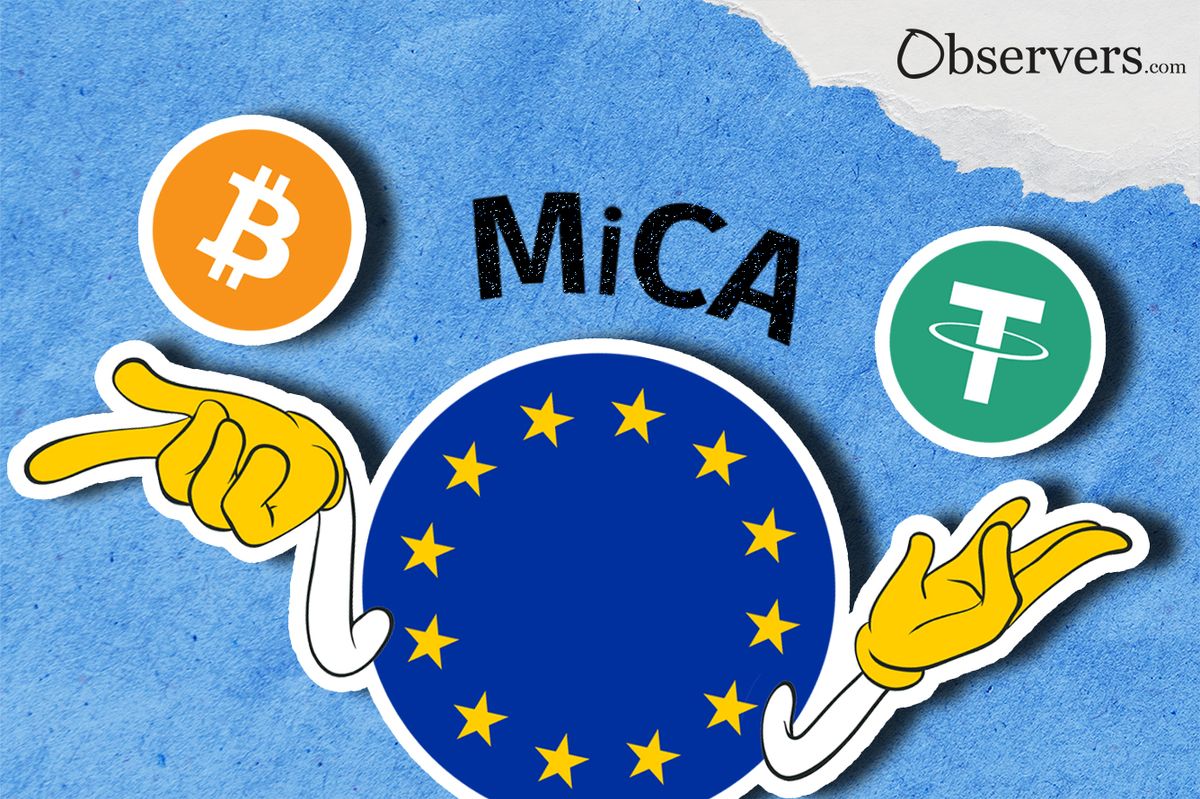Stablecoins in EU MiCA Law
The European Union's upcoming MiCA Regulation is set to impose strict requirements on stablecoins, and issuers will be required to meet a range of criteria to ensure compliance. MiCA has two categories for stablecoins, so close in their definitions, that distinctions are difficult to spot.


